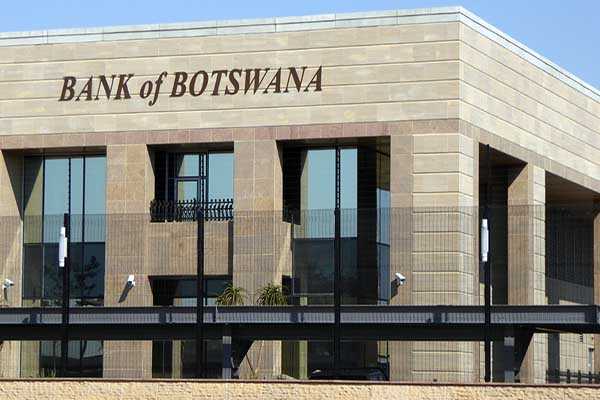‘Broke’ Batswana fail to pay banks
More and more customers are failing to pay their scheduled loans in the process renewing fresh fears that the banking sector may be headed for a tough 2017, even when the central bank has in several instances stressed banks are sound and safe, at least as far as liquidity is concerned.
The information, which is complete with statistics, is contained in a Bank of Botswana (BoB) report which examines price developments and the underlying causal factors in the first half of the year (2017). The report was released on Wednesday morning.
BoB, which is headed by Moses Pelaelo, is the regulator of commercial banks in Botswana and therefore has intimate knowledge of the inner workings of the multi-billion sector which includes players such as Barclays Bank Botswana, Bank of Baroda and Bank Gaborone. Hot on the heels of a press conference called by Pelaelo to assure the public that the banking sector is not about to collapse on liquidity, it has emerged that customers are struggling to pay banks back, as agreed.
According to the report, the aggregate ratio of non-performing loans (NPLs) to total loans increased from 4.9 percent in December 2016 to 5.3 percent in June 2017. “The slight deteriora tion in asset quality experienced by the banking sector is attributed to, in the main, challenges for some diamond cutting and polishing businesses, job losses resulting from the closure of BCL group of companies and the ongoing retrenchments by some major employers, as well as weaker market for high-value residential properties,” said the central bank Monetary Policy Statement (MPS) review statement.
BCL group, which is wholly government owned, has been closed leaving thousands of employees in the lurch. These are some of the employees who are struggling to pay back commercial banks, in the process increasing the rate on NPLs. Some private companies and parastatals are restructuring, with the resultant outcome in most cases leaving some employees without jobs, despite the fact that, Statistics Botswana has reported that unemployment levels have dropped.
According to Investopedia, a non-performing loan is the sum of borrowed money upon which the debtor has not made his scheduled payments for at least 90 days. According to BoB, which is also the economic advisor to government, the NPL to total loans ratio for individual banks ranged from 0.2 percent to 10.8 percent in June 2017.
A much clearer picture of the health of the banking sector was expected in the banking supervision report which was due to be made public yesterday (Thursday). Some of the banks are expected to publish their interim and financial year results in the coming weeks, which will be an opportunity for them to break down the rate in which some of their customers have skipped payment.
In the report, the central bank has stated that, households account for a larger share of total lending by commercial banks, which stood at 59.6 percent in June 2017. Annual growth in mortgages moderated to 4.4 percent in June 2017 from 7.3 percent in June 2016, which mainly reflects a weak housing market, especially at the upper-end, and tighter lending criteria by some banks.
“Nevertheless, unsecured household lending, which constitutes a large proportion of commercial bank credit, represents relatively small amounts spread across many borrowers of differing credit profiles, which mitigates associated financial stability risks,” said the report.
Overall, current levels of credit growth continue to be supportive of economic activity and augur well for durable stability of the financial system, stressed the bank.
Recently, a report by Econsult also noted that, there has been no growth in the deposit base of banks for at least two years. “With little surplus liquidity, it is not surprising that bank lending has slowed – the banks (or some of them at least) are simply running out of loanable funds,” said the report compiled by Dr Keith Jefferies and Sethunya Sejoe.






